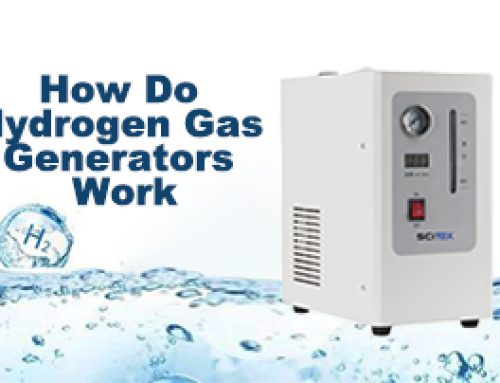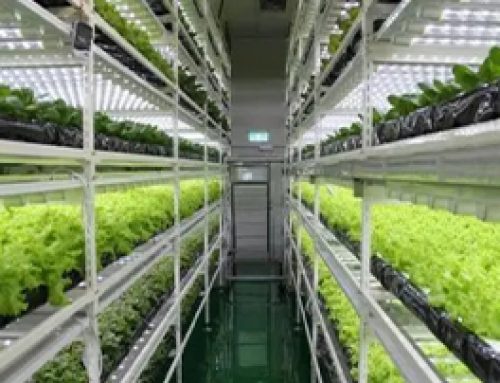Moisture content in food is an important indicator for assessing the quality and stability of food. Excessively high or low moisture content may affect the taste, shelf life and nutrient content of the food. Moisture testing can be used to effectively determine whether a food product meets the standard requirements.
Capacitance/resistance method, suitable for rough measurement of paper, wood, grain and other substances; near infrared method, suitable for on-line measurement of large water content of substances; electrolysis (phosphoric acid) method, suitable for on-line measurement of gases; differential pressure method, suitable for the measurement of volatile substances; dew point method, suitable for the measurement of gases; in addition to the turbidity point method; weight of phosphoric acid method; crystallization and other less commonly used methods.
Principle of testing method:
The sample is heated to a certain temperature in a constant temperature oven, so that the water in it evaporates, and the difference in mass of the sample before and after heating is weighed as the moisture content. By calculating the proportion of moisture to the total mass of the sample, an accurate value of moisture content is derived, and the moisture level of the food is then assessed.
There are many ways to detect moisture, and the following methods are commonly used:
Thermal drying method:
- Atmospheric pressure drying method (this method is widely used);
- Vacuum drying method (some samples are used when heating decomposition);
- Infrared drying method (this method is widely used);
- Vacuum drying method (desiccant method)
Advantages: the instrument is inexpensive, good versatility.
Disadvantages: poor accuracy; can only be measured to the 10-3 level; in the dry distillation process of volatile substances are also evaporated, can not determine the true value of the moisture content of the material, the test time is too long.
Distillation method
Advantages: also cheaper, good selectivity, suitable for measuring petroleum products.
Disadvantages: Accuracy is also poor, long measuring time. Suitable for products with high water content.
Karl Fischer method:
If it is liquid food, such as: soybean milk, fruit juice, beverages, etc., it is suitable for testing by Karl Fischer method. The Karl Fischer method is divided into electric and volumetric method. Liquid food generally has high water content and certain solids, so it is more suitable to be detected by Karl Fischer volumetric moisture meter.
1. Karl Fischer coulometric method (for trace moisture detection)
Advantages: medium price of the instrument; less consumables; can be measured up to 10-6 levels; short time, general substances in the mastery of the premise of the sample volume can be completed within 60 seconds of the determination, is the process control and arbitration of the preferred method of judgment.
Disadvantages: Due to high accuracy, too sensitive some substances with side reactions such as ketones, aldehydes are more difficult to determine, need to use aldehydes and ketones special reagents.
2. Karl Fischer volumetric method (for constant moisture detection)
Advantages: more test varieties, relative to the coulometric method of better versatility, sensitivity is not high by the side effects of less interference, such as (such as ketones, aldehydes).
Disadvantages: in a very good state of performance can only be measured to 10-4 level; consumables (reagents) large; measurement time is long.
3. Karl Fischer Kjeldahl Oven Method (for dissolved and insoluble samples)
Determination of Moisture Activity (AW)
Principle: Moisture activity is calculated by measuring the pressure of vapor on the surface of a food sample.
Advantages:
Reflects the storage stability, microbial growth potential, etc. of the food product.
Not only measures the moisture content, but also assesses the available moisture of the food.
Disadvantages:
Testing equipment is more complex and expensive.
Measurement results are greatly affected by external conditions such as sample surface and temperature and humidity.
Chemical drying method
Principle: By heating the sample, the moisture is volatilized at high temperature, usually using a chemical desiccant or drying oven.
Advantages:
Simple operation, low cost.
It does not need special instrumentation and is suitable for most foodstuffs.
Disadvantages:
May cause decomposition of heat-sensitive substances and results may be inaccurate.
The drying process is slow and may take a longer time.
Microwave Method
Principle: Calculate the moisture content by heating the sample with microwaves to evaporate the water rapidly.
Advantages:
Detection speed is fast and results can be obtained quickly.
The heat source is uniform and can heat the sample more accurately.
Disadvantages:
Higher requirements for sample form and uniformity.
The equipment is expensive and requires a certain level of skill on the part of the operator.
Infrared Absorption Spectroscopy
Advantages: Can measure up to 10-6 levels.
Disadvantages: expensive instrument; high environmental requirements; long preparation time (several hours); not conducive to process control of products.
Conclusion
Moisture content is a critical factor in determining the quality, shelf-life, and safety of food products. Accurate moisture detection ensures that food meets quality standards, prevents spoilage, and helps optimize production processes. Whether using traditional methods like drying or more advanced techniques such as microwave or water activity measurements, selecting the right detection method depends on the type of food, required precision, and available equipment. By understanding the different methods and their advantages, manufacturers can make informed choices to enhance product quality, improve storage conditions, and maintain consumer satisfaction.



Get Social